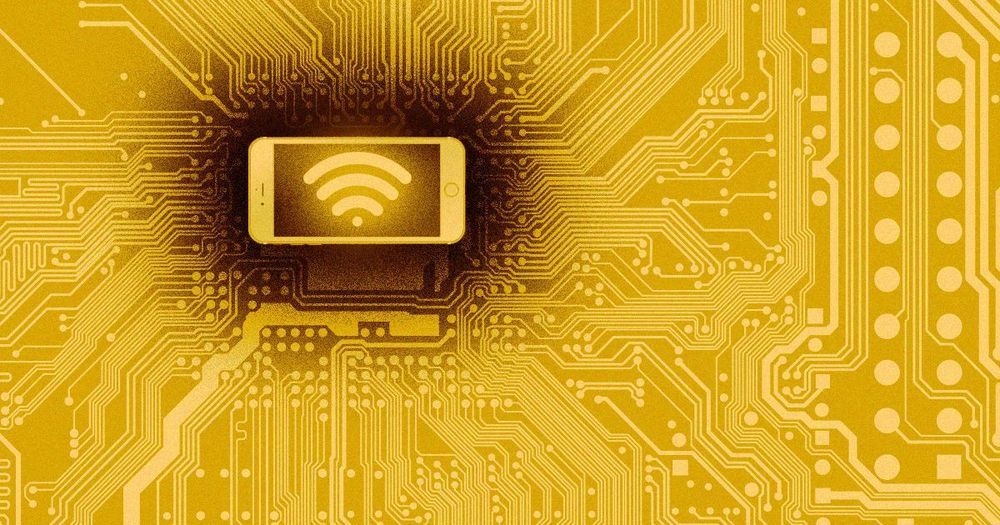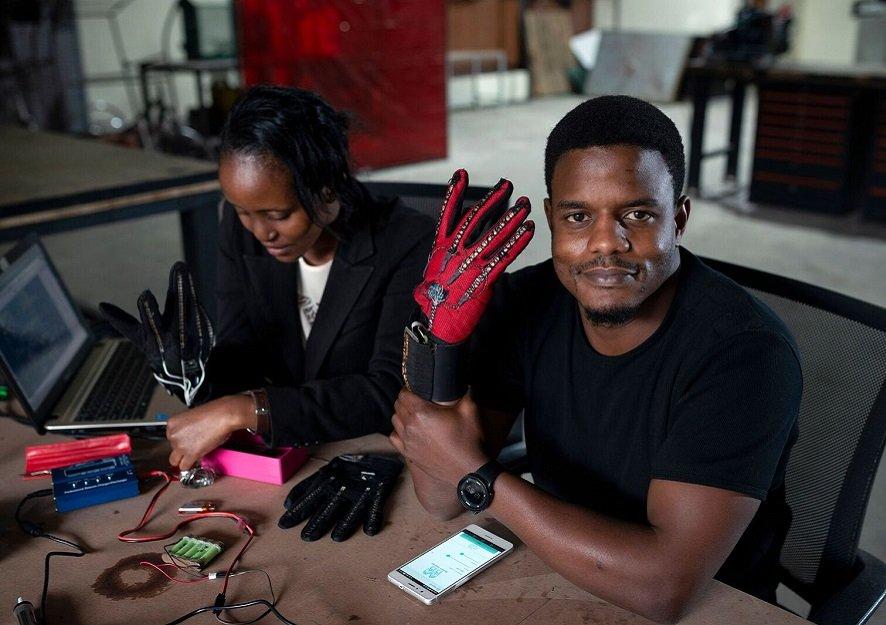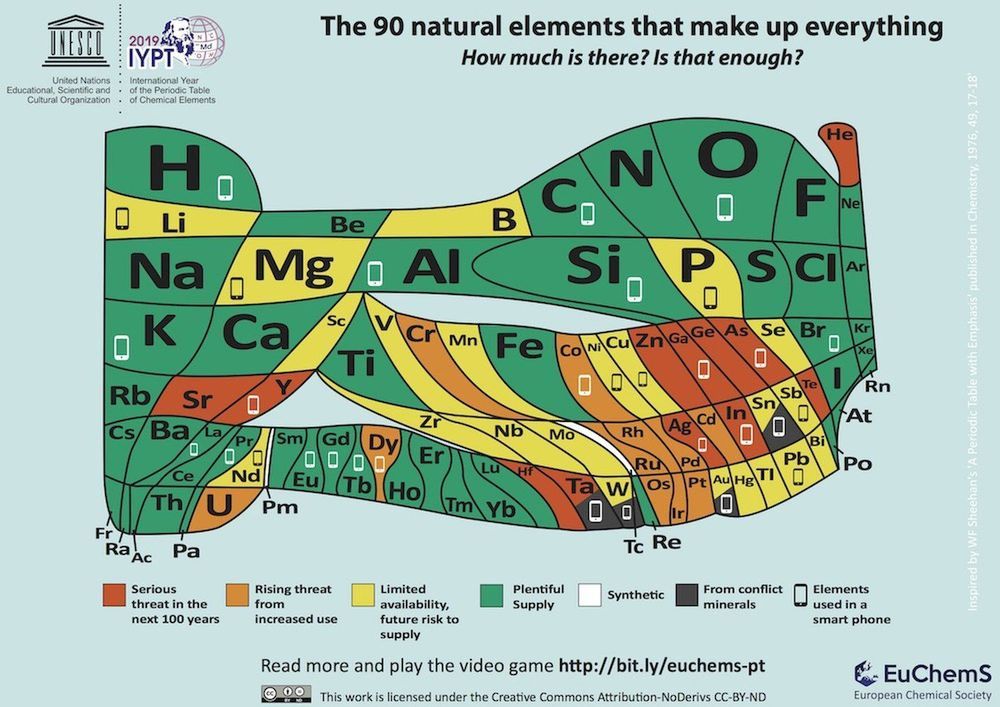In part three of Hello World Shenzhen, Bloomberg Businessweek’s Ashlee Vance heads out into a city where you can’t use cash or credit cards, only your smartphone, where AI facial-recognition software instantly spots and tickets jaywalkers, and where at least one factory barely needs people. This is the society that China’s government and leading tech companies are racing to make a reality, with little time to question which advancements are net positives for the rest of us.
Part One — Inside China’s Future Factory.
https://www.youtube.com/watch?v=eLmaIbb13GM
Part Two — China’s High Stakes Robot Wars.
https://www.youtube.com/watch?v=qrhvZhPaxQ4
https://www.bloomberg.com/hello-world
Credits:
Creator & Host
Ashlee Vance









